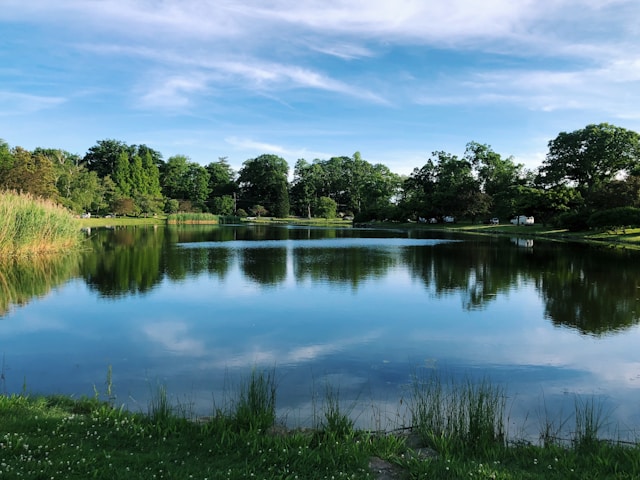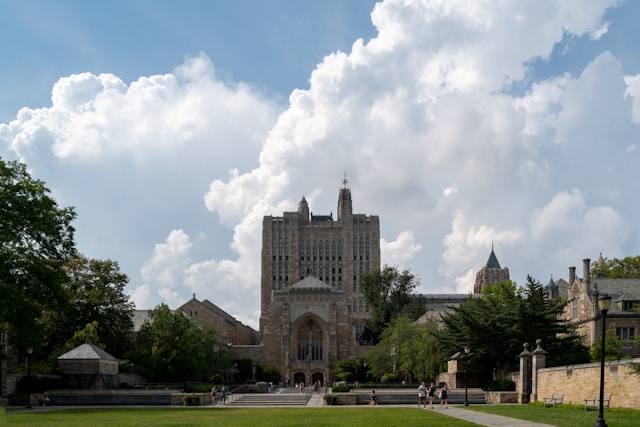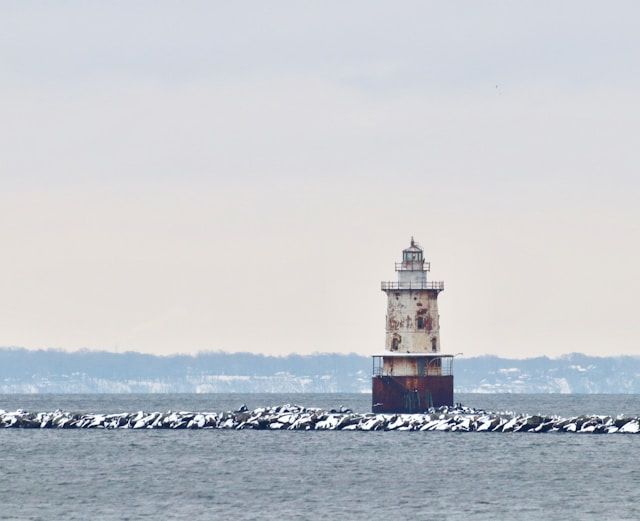Connecticut Governor Ned Lamont just issued a Stage 2 drought advisory for Fairfield, Middlesex, and New Haven counties. Persistent dry weather and below-normal rainfall pushed him to act.
For months, low precipitation has strained water supplies and hurt local agriculture. Fragile ecosystems across the state are feeling it too.
Explore top-rated stays with no booking fees and instant confirmation. Your dream trip starts here!
Start Exploring Now
The advisory urges residents and businesses to save water now, before things get worse. It’s not quite an emergency yet, but it’s a clear warning.
Understanding the Stage 2 Drought Advisory
Connecticut’s Drought Preparedness and Response Plan lays out five stages of drought. Stage 2 means drought conditions are emerging and could escalate if the rain doesn’t return soon.
Before this, all eight counties were at Stage 1, which is mostly about staying alert and monitoring the situation.
Why Fairfield, Middlesex, and New Haven Were Upgraded
The Connecticut Interagency Drought Workgroup took a close look at precipitation, groundwater, reservoir levels, soil moisture, and more. They also checked vegetation health and fire danger ratings before deciding on the Stage 2 upgrade for these three counties.
Dry weather has dragged on from summer into fall, pushing these areas past the tipping point. It’s not just a blip—it’s a real concern.
Impact on Connecticut Communities
This advisory directly affects Fairfield, Middlesex, and New Haven counties. Cities like Bridgeport, Danbury, Norwalk, Middletown, Old Saybrook, New Haven, and Milford are all feeling it.
Even places outside those counties—like Hartford and Waterbury—aren’t immune. They’re seeing seasonal dryness and could face stricter advisories if conditions keep up.
Agriculture and Ecosystem Concerns
Farmers in towns such as Durham and Essex are watching their crops struggle. Soil just isn’t holding enough moisture.
Wetlands and forests are hurting too, as water tables dip lower than usual. That puts wildlife at risk, weakens plants, and raises wildfire danger.
What Residents and Businesses Can Do
State officials are asking everyone to pitch in with voluntary conservation measures. Little changes to daily routines really do add up when it comes to saving water.
Practical Water-Saving Tips
Folks from Westport to Hamden can help by making a few easy adjustments:
- Turn off automatic lawn sprinklers.
- Fix leaks, whether they’re inside or out, as soon as you spot them.
- Stick to your town’s water conservation rules.
- Gather rainwater for the garden if you can.
- Only run dishwashers and washing machines when they’re full.
- Keep car washing to a minimum.
Conservation matters even more if you use a private well or a small water system. Those can run dry a lot faster during a drought.
The Bigger Picture
Martin Heft, who chairs the drought workgroup, pointed out that drier-than-normal conditions aren’t just a Connecticut problem. Much of New England has been dealing with this for months.
The last time Connecticut saw a statewide Stage 2 drought advisory was back in November 2024, when all counties were struggling with similar or worse drought.
Preparedness Moving Forward
Stage 2 doesn’t bring mandatory restrictions, but it’s a pretty clear warning sign. If rain keeps missing cities like Norwich, Stamford, and New London, things could jump to Stage 3, and that’s when real rules hit daily routines.
State leaders keep repeating the basics: save water when you can and check for official updates. It might sound obvious, but honestly, every drop matters if we want to dodge stricter limits down the line.
—
If you want, I can also **add meta descriptions and targeted SEO keywords** to this blog post so it’s optimized for visibility in Connecticut-based searches. Want me to take care of that next?
Here is the source article for this story: Governor declares stage 2 drought advisory for parts of CT
Find available hotels and vacation homes instantly. No fees, best rates guaranteed!
Check Availability Now








